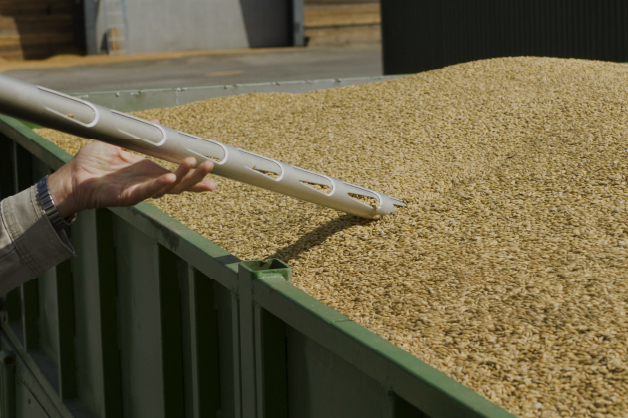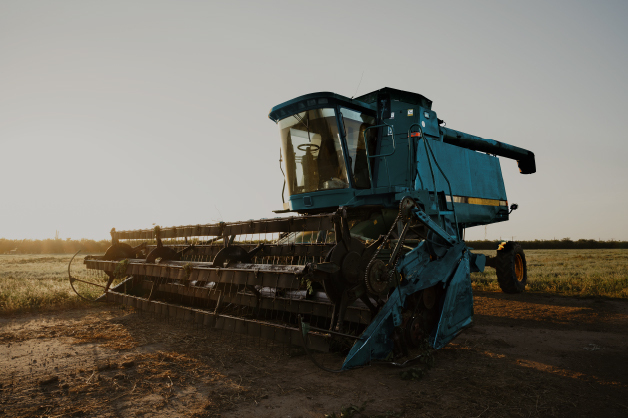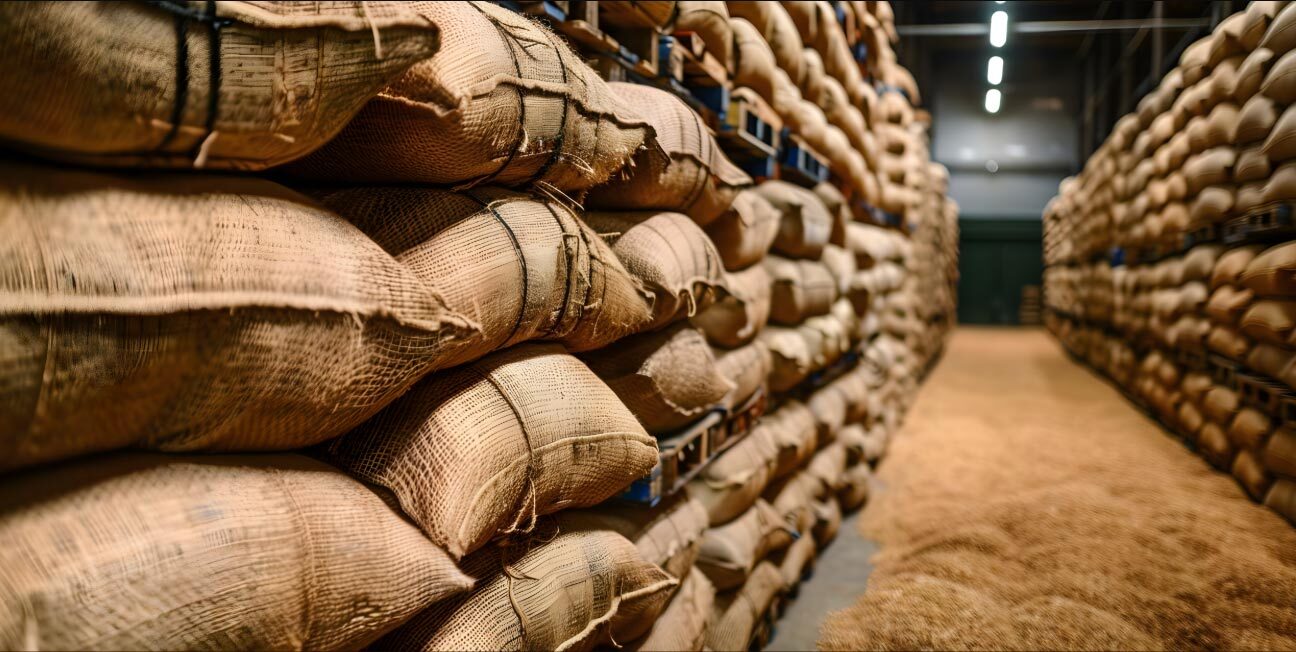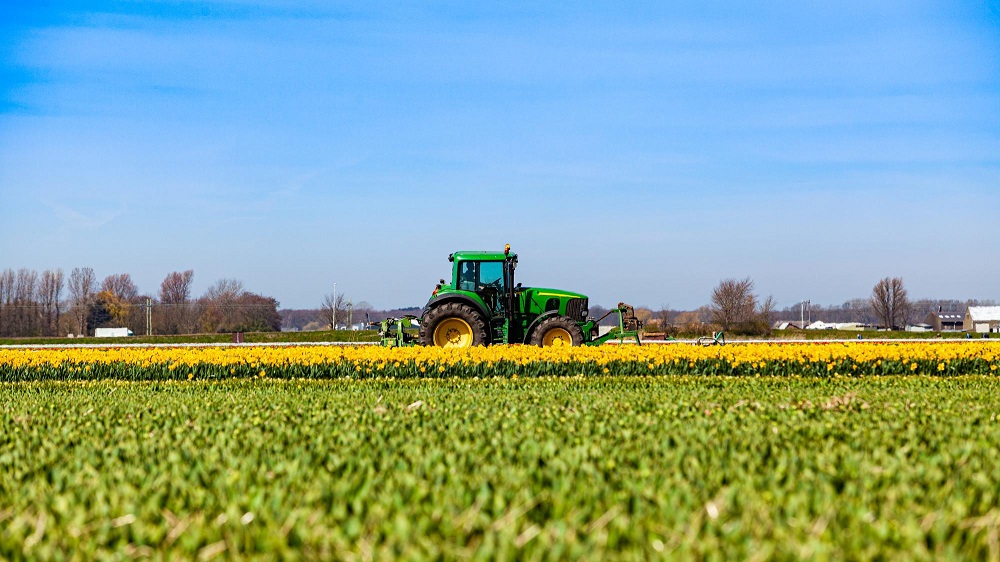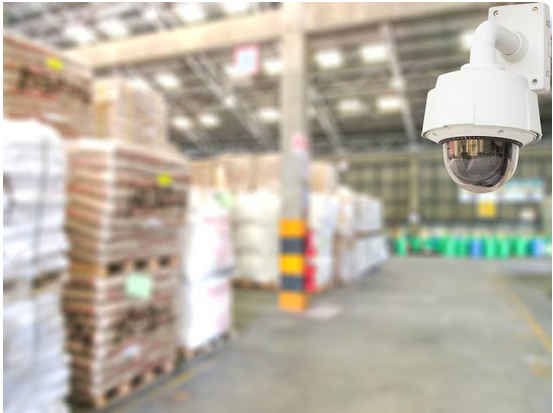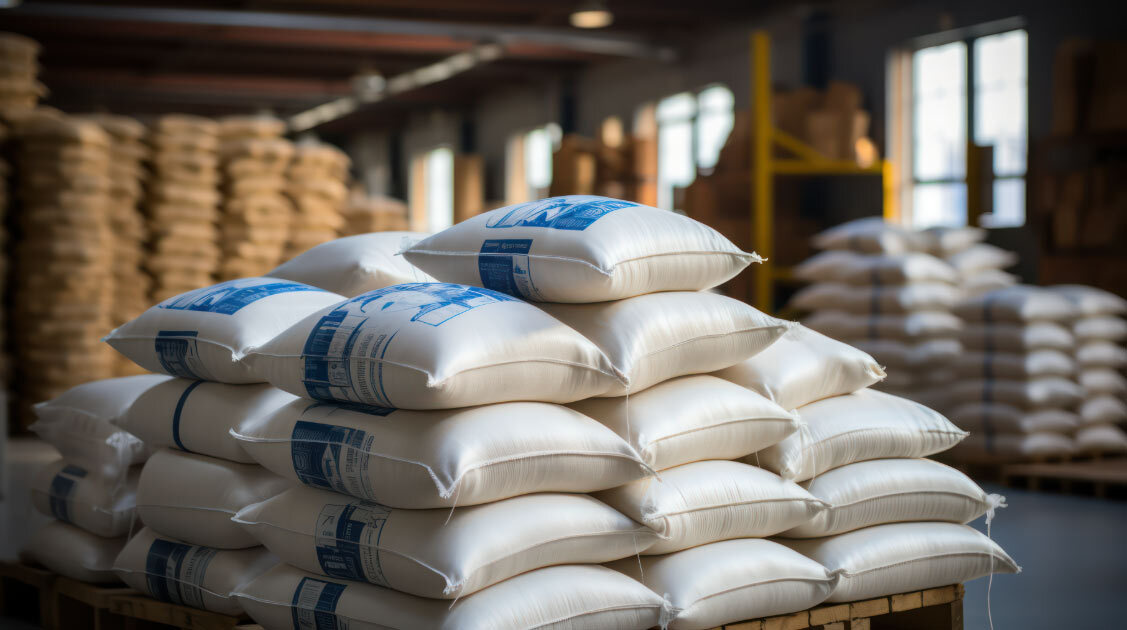In agriculture, the journey of food grains from the field to the consumer’s table is both complex and critical. Along this journey, ensuring the quality of food grains is paramount. Farmers invest months of hard work, only to see their efforts jeopardized by poor handling, contamination, or substandard storage practices. For consumers, food grain quality directly impacts health, nutrition, and trust in the agricultural supply chain.
Quality checks play a pivotal role in safeguarding the integrity of food grains, preserving their nutritional value, and maintaining market standards. By incorporating advanced testing methods and adherence to stringent guidelines, food grain quality checks ensure that only the best produce reaches the market. In a country like India, where agriculture forms the backbone of the economy, the role of a reliable food grain quality checks company becomes even more significant.
In this blog, we’ll explore why food grain quality checks are essential, the processes involved, and how they contribute to the overall agricultural ecosystem.
Why Food Grain Quality Checks Matter
Food grain quality checks are not just a regulatory requirement but a necessity for multiple stakeholders:
1. Ensuring Consumer Safety
Contaminants like pesticides, heavy metals, or aflatoxins in food grains can pose serious health risks. Quality checks ensure that harmful substances are within permissible limits.
2. Preserving Nutritional Value
Proper testing ensures that food grains retain their nutritional content, delivering the intended health benefits to consumers.
3. Enhancing Marketability
High-quality grains fetch better prices in both domestic and international markets, benefiting farmers and traders alike.
4. Reducing Post-Harvest Losses
Regular inspections help detect issues like insect infestations or mold growth early, minimizing spoilage and wastage.
5. Compliance with Standards
Quality checks ensure that food grains meet regulatory standards, fostering trust among consumers and buyers.
Key Parameters of Food Grain Quality Checks
A comprehensive quality check involves evaluating various parameters:
Factors like size, shape, and color are assessed to ensure consistency and appeal.
Excess moisture can lead to fungal growth and spoilage, making this a crucial parameter.
The presence of foreign matter like stones, husks, or other grains is evaluated and minimized.
- Pest and Disease Inspection
Grains are checked for infestations or signs of disease that could impact storage and consumption.
Residue levels of pesticides, herbicides, and other chemicals are tested to ensure they are within acceptable limits.
Technological Advancements in Quality Checks
The agricultural industry is increasingly adopting technology to enhance the accuracy and efficiency of food grain quality checks. Some key innovations include:
1. Digital Moisture Meters
These devices provide quick and accurate readings of moisture levels in grains.
2. Spectroscopy
Advanced spectroscopic tools analyze the chemical composition of grains without the need for extensive sampling.
3. Automated Sorting Machines
These machines sort grains based on physical characteristics, ensuring uniformity.
4. Blockchain for Traceability
Blockchain technology is being used to create transparent supply chains, ensuring that quality standards are maintained at every stage.
How Sohan Lal Commodity Management Supports Quality Assurance
Sohan Lal Commodity Management is a pioneer in the field of integrated post-harvest agribusiness management. With a commitment to excellence, the company provides end-to-end solutions for the storage, testing, and distribution of food grains. By leveraging state-of-the-art technology and a team of experts, Sohan Lal Commodity Management ensures that the grains meet stringent quality standards, benefiting both farmers and consumers.
Their role as a trusted food grain quality checks company highlights their dedication to safeguarding agricultural produce and fostering a robust supply chain.
Conclusion
In the agricultural ecosystem, the importance of food grain quality checks cannot be overstated. They serve as the backbone of a reliable, safe, and efficient supply chain, ensuring that every stakeholder—from farmers to consumers—reaps the benefits of quality produce.
As the agricultural landscape evolves, the integration of technology and expertise in quality checks will pave the way for a healthier, more sustainable future. Companies like Sohan Lal Commodity Management are at the forefront of this transformation, providing farmers and businesses with the tools and support they need to uphold the highest standards of food grain quality.




